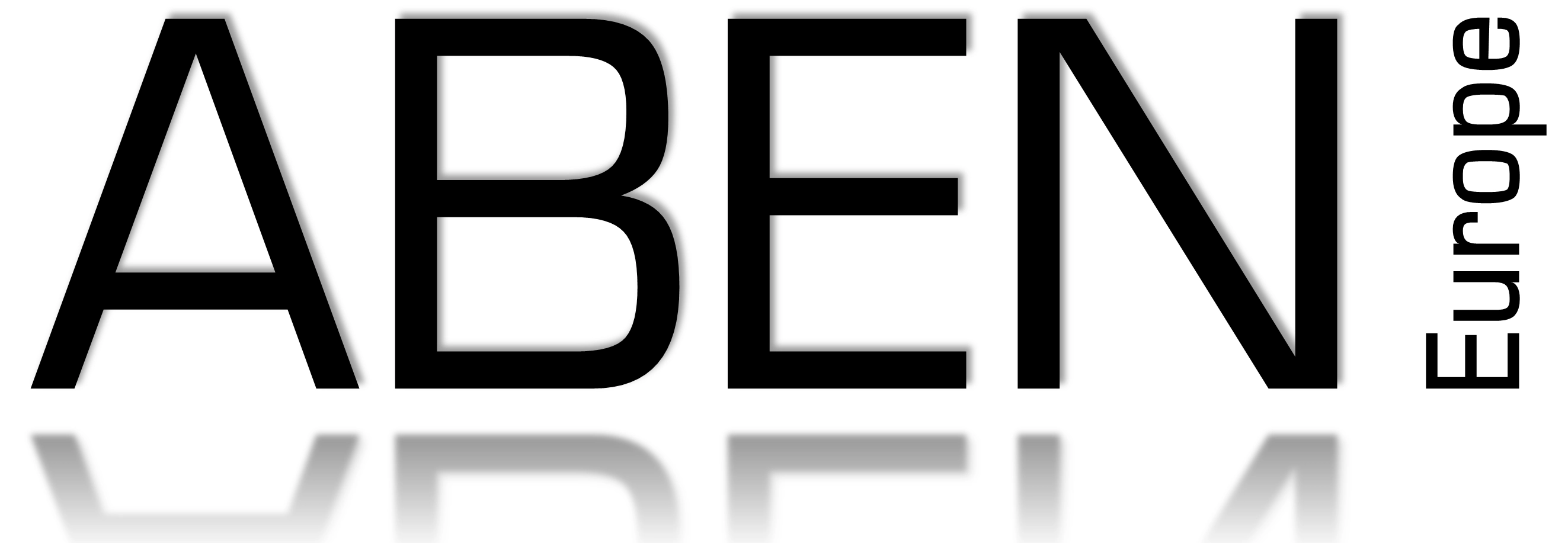SLS: A Designer's Guide
Selective Laser Sintering (SLS) is a process which produces single or multiple solid objects in a nylon based polymer by the selective melting of polymer powder. It is effectively a method of making plastic parts, in an engineering material, with no need for tooling.
1) Wall Thickness
Ensure that the walls of your part are thick enough to provide structural integrity. A minimum thickness of 0.8mm is usually recommended, but it can vary depending on the size and geometry of the part.
2) Feature Size
SLS is capable of producing intricate details, but excessively small features might be fragile or difficult to produce accurately. Design features with a minimum thickness of 0.8 mm for best results.
3) Support Structures
Unlike other 3D printing processes, SLS doesn't require support structures for overhanging features. However, if your design includes features that may sag during printing, consider adding supports or modifying the design to avoid such issues.
4) Powder Removal
Keep in mind that SLS parts are surrounded by unsintered powder during printing. Ensure that your design allows for easy removal of excess powder from cavities and internal features.
5) Interlocking Parts
If your design includes interlocking or moving parts, make sure to provide sufficient clearance between them to prevent binding. A clearance of at least 0.5 mm is recommended but this is only a guide, the actual clearance maybe more subject to the design.
6) Orientation
Consider the orientation of your part during printing. Parts are typically built layer by layer, so optimizing the orientation can minimize warping and improve surface finish.
7) Heat Dissipation
Nylon can retain heat, which might affect the printing process. Design your parts with features that facilitate heat dissipation to avoid warping or distortion.
8) Surface Finish
SLS parts tend to have a slightly rough surface finish compared to other 3D printing processes. If a smoother surface is desired, consider post-processing techniques such as sanding, polishing, or chemical treatments.
9) Part Consolidation
SLS allows for the fabrication of complex assemblies as a single part. Consolidating multiple components into a single part can reduce assembly time and cost.
10) Material Selection
Various types of nylon powders are available for SLS, each with unique properties such as flexibility, durability, and temperature resistance. Choose the material that best suits your application requirements.
11) Simultaneous Design Evaluation
Due to the relatively low cost of SLS part production, users will often design more than one version of a part to be built simultaneously so several designs can be tested simultaneously reducing the overall time required to finalise a design prior to production.
12) Use of threaded Inserts
Steel and brass threaded inserts, (e.g. Tappex or Helicoil etc.) are easily heat staked into nylon SLS parts, facilitating the repeated use of screws and bolts for assembly and which replicate the functionality of in-mould inserts into the final product.
Testing and Iteration
Before committing to large-scale production, consider prototyping your design to identify potential issues and validate the functionality of the part. ABEN Europe SLS services offer prototyping services, allowing you to test your design in the actual printing process before finalizing it.
By following these guidelines and leveraging appropriate software tools, you can design parts optimized for selective laser sintering using nylon, ensuring high quality and functionality in your additive manufacturing process.
